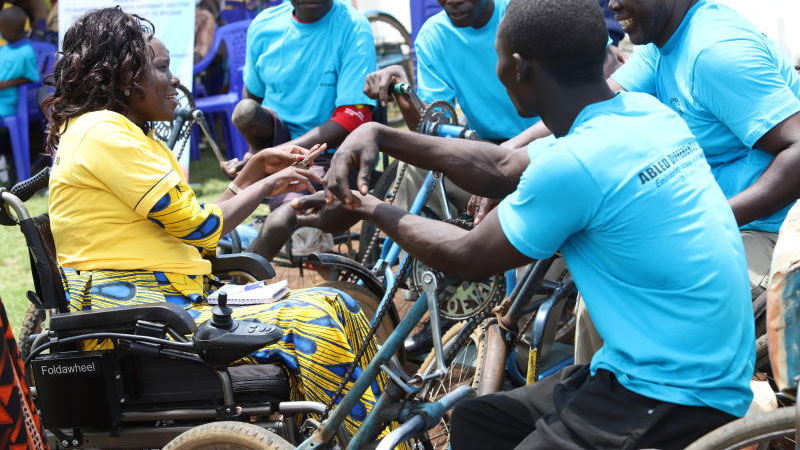
Next week’s disability conference to be held in London could not have come at a better time, especially against the backdrop of important issues such as access, inclusion, equality and disability inclusion in the implementation of President Uhuru Kenyatta’s Big Four agenda.
The one-day conference co-hosted by the Kenyan Government and the United Kingdom will look at how inclusion of people with disabilities into everyday activities can enhance their participation in society, which is fundamental in the implementation of the agenda.